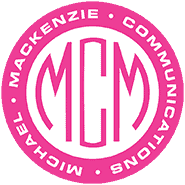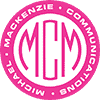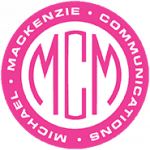As media professionals, we spend a lot of time trying to train our clients how to “stay on message” when talking to audiences including the press, but what exactly does that involve?
Marketing and PR professionals invest countless hours developing, reviewing and getting key messages for and about your business approved as part of their daily routine. Their next hurdle is to ensure that leadership, designated spokespeople and just staff in general use these carefully chosen words and phrases when public opportunities present themselves.
Through the same kind of repetition used teaching elementary school children, we try to cement these key messages into the vernacular so much so that when you’re invited to speak to the public or the press about the business in general or comment on a timely issue, the agreed upon words and stories flow readily.
Use the Three Points Rule
In typical media training, spokespersons are taught to stick to the rule of three: anytime you have the opportunity to speak to press, always be prepared to share three bullet points or soundbites. Consider those points your go-to response for most any question of that day. When uncertainty occurs, circle back to those three points as your safe zone of appropriate answers. The idea here being to ensure that after the interview, any video clip or written except is certain to include one of those three carefully crafted and approved messages.
This premise works perfectly for recorded interviews – ones where the reporter plans to return to their studio afterwards and trim down your response in search of a golden nugget that will make their piece sing, grab eyeballs online or captivate broadcast listeners.
This premise works less well for live interviews. When given the opportunity to participate in a live broadcast of a radio or TV interview, the three points may suffice as a framework, but they better be backed up by some awesome storytelling or your handsome and astute spokesperson risk leaving a lot of dead airtime. Your host wants their interviewee to do the talking.
How do you prep for live interviews?
Practice your story telling.
- Practice in print (write it down, read it back and write it again).
- Practice on the phone (where it can be tough to know when to pause due to the lack of visual cues, so you’ll need to learn to pause and allow time for the interviewer to interrupt or provide an audible sound of agreement to continue).
- Practice via video (for mock or actual interviews where you’ll recall the importance of shutting down all of your apps to avoid nuisance notifications).
- Practice with low pressure, limited distribution and friendly media before you make your national broadcast debut.
And keep practicing until your spokesperson comes off cool as a cucumber and transitions smoothly from soundbites to storyteller on command.
This post is courtesy of MMC Principal Jennifer Koon.



